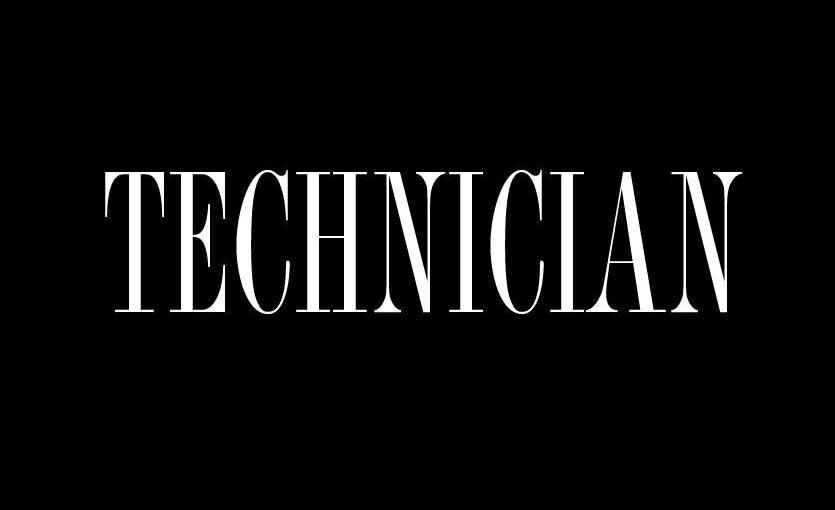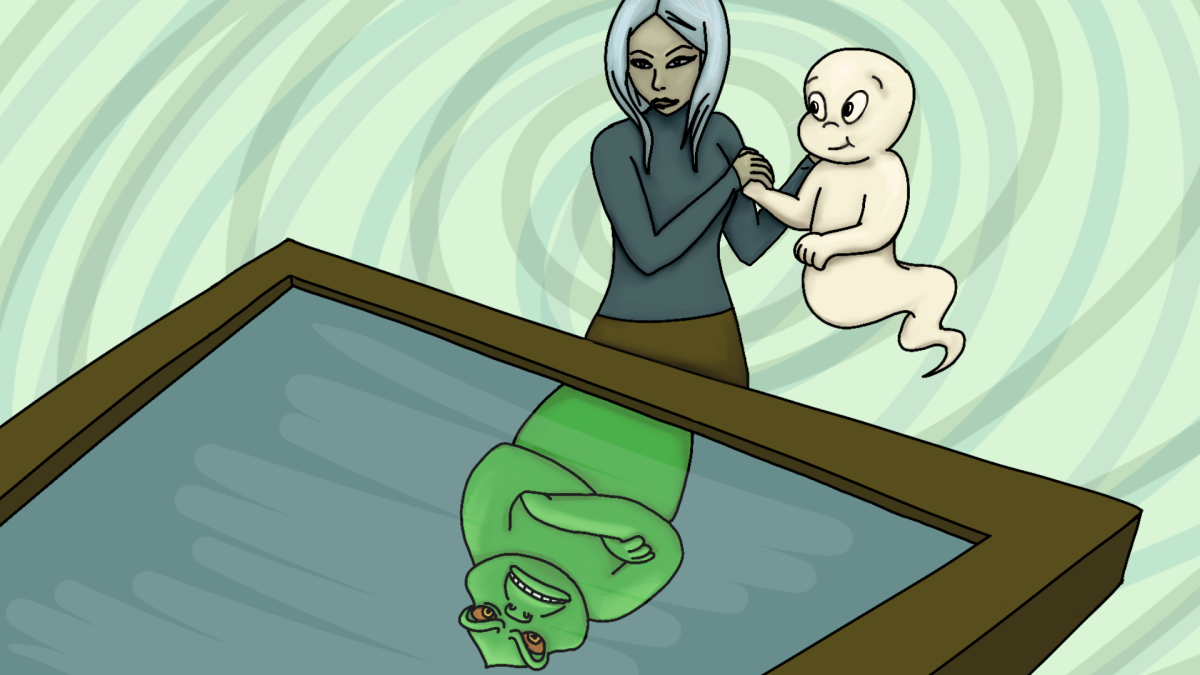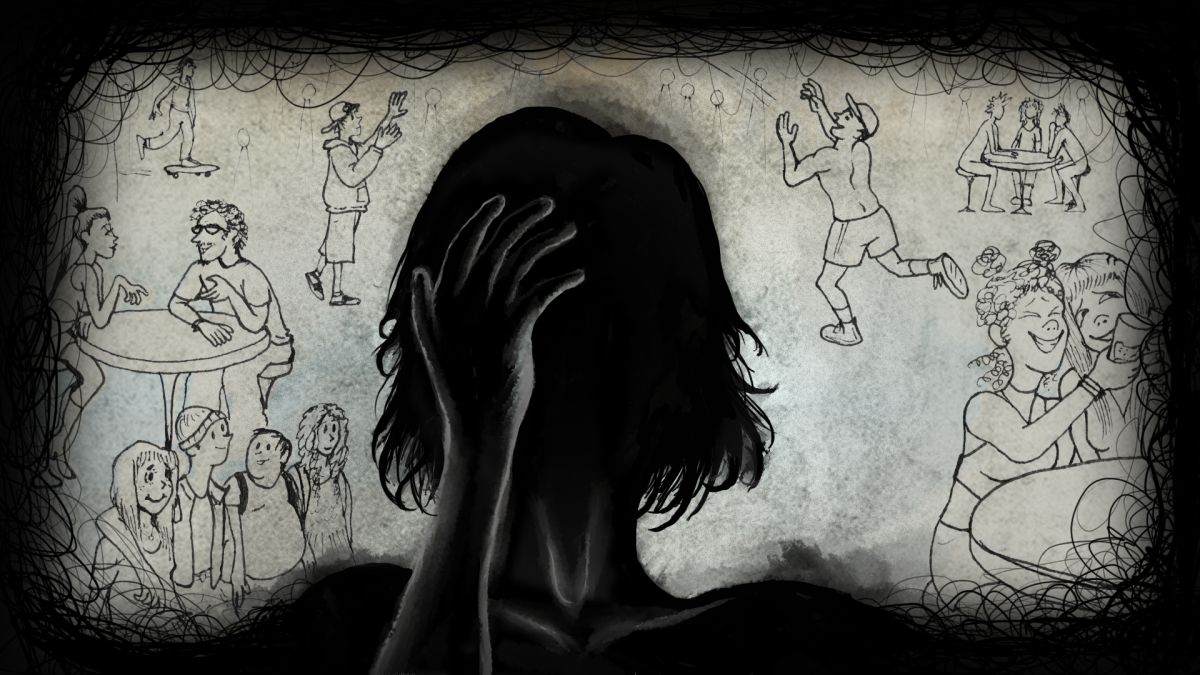As a culture, we have a tendency to align ourselves with the characters and archetypes we like, flaws and all. Whether it be during Halloween or costume conventions, for that moment in time, you can publicly immerse yourself in another identity.
Alongside the rise of mental health awareness in the media, an increasingly popular way to connect with stories is through labeling a character based on assumptions about behaviors commonly attributed to mental health conditions. This “armchair diagnosis” trend indicates a welcome increase in awareness and discussion of mental health but risks being counterproductive as far as accuracy is concerned.
Portrayals of mental health on film used to be rather one dimensional. The 1988 dramedy Rain Man depicted mental health in a way that ran afoul of our modern understanding of autism. What’s more, people that actually have autism don’t tend to identify with the portrayal of the disorder through the film’s titular character.
A primary issue with the film can be seen in a significant proportion of the character work in the film attended to by Rain Man’s brother, Charlie. Rain Man himself was arguably not written as a fully human individual.
Of course, this is not to say that the film did not increase cultural awareness of autism; putting some representation in popular media is better than complete avoidance of mental health topics. But an accurate portrayal is still crucial, as is the realization of a complete character.
This is where armchair diagnosis adds another layer of complexity. There are countless complex characters out there we identify with, whether in costume or not. And whether intended or not, some of those characters may express traits characteristic of mental disorders. How we react to those characters comes with the same pros and cons of representation found in films like Rain Man.
Jackson Weber, fellow at the Pritzker Pucker Studio Lab for the promotion of mental health of the cinematic arts, said armchair diagnosis indicates complex societal trends.
“I think it’s a double-edged sword,” Weber said. “It helps people realize that these things that we are now calling mental illnesses have always been there and we’re just now labelling them.”
The ascension of armchair diagnosis is a good sign in some ways. It shows a willingness to freely discuss mental disorders to a degree unique to our current era. It also reminds us that mental health isn’t new and doesn’t mean someone has shocking vices or ethereal abilities.
But there’s also consequences to the tendency to put individuals in boxes based on mental health stereotypes.
“[Armchair diagnosis] comes with a very low degree of accuracy,” Weber said. “When that happens, it has the unintended effect of putting [people or characters] into categories where they don’t necessarily belong or putting them into boxes that are used to further discriminate.”
Many people may not be aware of how seriously they take their at-home diagnoses of characters and themselves as a result, increasing stress or making it more difficult to get accurate care. If the characters treated as “patients” for diagnosis are improperly labeled and then identified with by viewers and readers, it can cause misunderstandings of both the self and disorder in question.
The lack of accuracy in assumed diagnoses, especially when it impacts how people identify themselves, can interfere with the work of mental health professionals. Educating people on an institutional and individual level about the concepts and consequences of armchair diagnoses can help counteract its social consequences.
So, next time you watch or read about a character whose traits may reflect a mental disorder, it would not hurt to consider the consequences of projecting these views on characters we relate with. While the spread of mental health awareness is key to a more empathetic society, accuracy is equally important.





